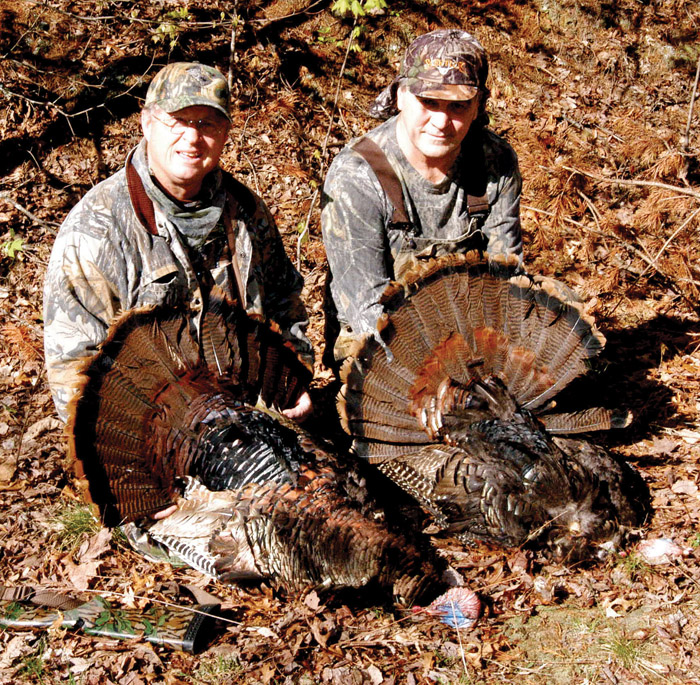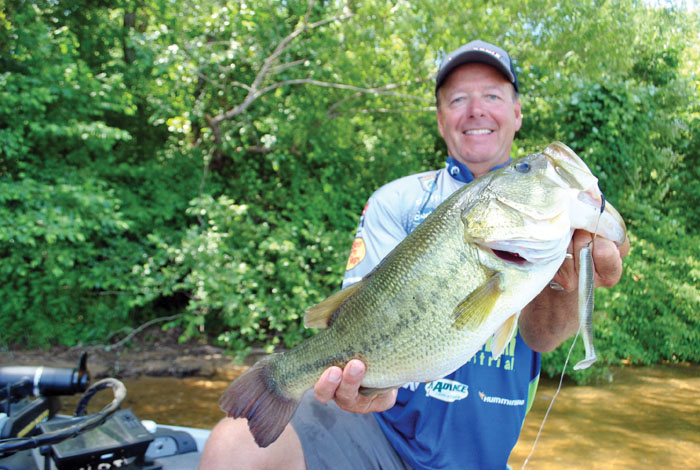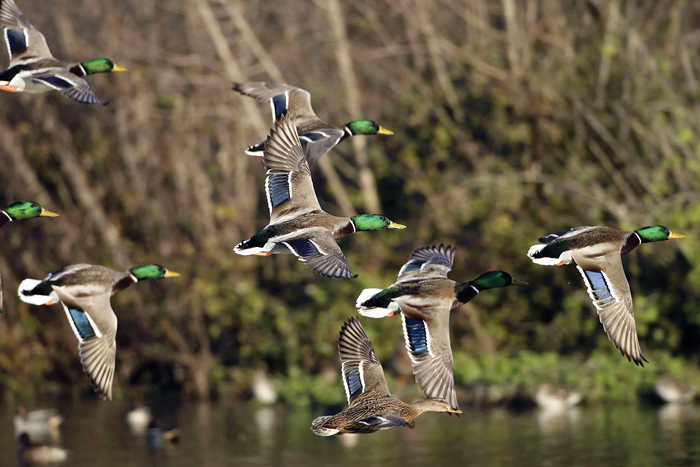Capt. Gus: Fish deep and dark
Published 12:00 am Thursday, September 1, 2011
Summer is winding down, but fishing hasnít stopped. Bass, perch, and catfish continue to be the mainstays for Lake Normanís anglers.
Those who catch the limit regularly use one or both ěDouble Dî approaches to summer fishing. Deep and dark is the way to fish this time of year.
Since most people prefer to fish during daylight hours, the best way to catch bass is to skip cast soft plastics in the shade and darkness of cool water found near docks, piers and boathouses. But not everyone aims for trophy bass along the shoreline.
Some would rather fish for them in deep brush piles, over underwater islands and along the edges of deep river points. Deeper is better. Some of the nicest bass caught this summer have come from the depths of the lake where water temperatures are cooler.
Large bass also feast on the deep swimming herring being chased by white perch. Bass usually swim just below or to the side of feeding schools of perch and can be tempted into striking bucktails, jigging spoons and suspended live baits.
Some anglers believe that catfish bite only at night. They are nocturnal feeders, but in summer, they are so active that they must feed day and night to maintain their metabolism.
Savvy anglers fish in the same general areas during the day that they do at night, only deeper. While some catfish are taken in very deep water, most are caught at depths from twenty to fifty feet. This is particularly true after dark when they roam and feed near the shore. Good summer catfish baits are worms, chicken parts, fresh cut perch/bream, live goldfish and a variety of prepared baits.
What about the perch? In August, the coolest water temperatures are in deep water, so thatís where forage fish go, particularly herring. Because white perch eat year round, they follow the bait schools, regardless of water depth. The biggest ones will be in water up to 70 feet during August and into early September. The deeper they swim, the harder they are to locate, so deep-water anglers use GPS and sonar to track schooling perch.
Night fishing can be enhanced by using bright lights suspended in the water or positioned just above the surface. Lights are frequently used by anglers around bridge pilings, where crappie are drawn from the depths to feed on minnows and bugs attracted to the glow. Catfish, bass and stripers are also attracted to nightlights, so be prepared with heavier tackle in case a bigger fish swims by.
Tips from Capt Gus:
When perch fishing with a Sabiki jig, rather than reeling when you feel a bite, continue to move it a few times to entice fish to hit the other flies. When perch are feeding aggressively, the Sabiki will catch one to six fish on a single drop. When the action slows, add a piece of worm or cut bait.
Hot Spots of the Week: Fishing for bass on top-water lures is excellent at sunrise. Also, try fishing rip-rap points and around fallen timber.
Spotted bass are surface feeding on shallow river points throughout the day.
Tournament-sized bass are hitting soft plastics fished deep around brush piles.
White perch are plentiful, with Sabikiís being the most productive lure.
Flathead cat fish and big bass are stalking perch. Cat fishing is good to very good when drifting cut baits over points and deep pockets.
The striper kill at Cowanís Ford Dam appears to be over, but not before about 400 fish were found floating on the surface.
The surface water temperature varies by location, but is mainly in the high 80s in open waters not affected by power generation. The water level is about 3.3 feet below full pond on Lake Norman and 2.6 feet below full on Mountain Island Lake.
Capt. Gus Gustafson of Lake Norman Ventures is an outdoor columnist and a full-time professional fishing guide on Lake Norman. Visit his web site, www.Fishingwithgus.com or call 704-617-6812.




